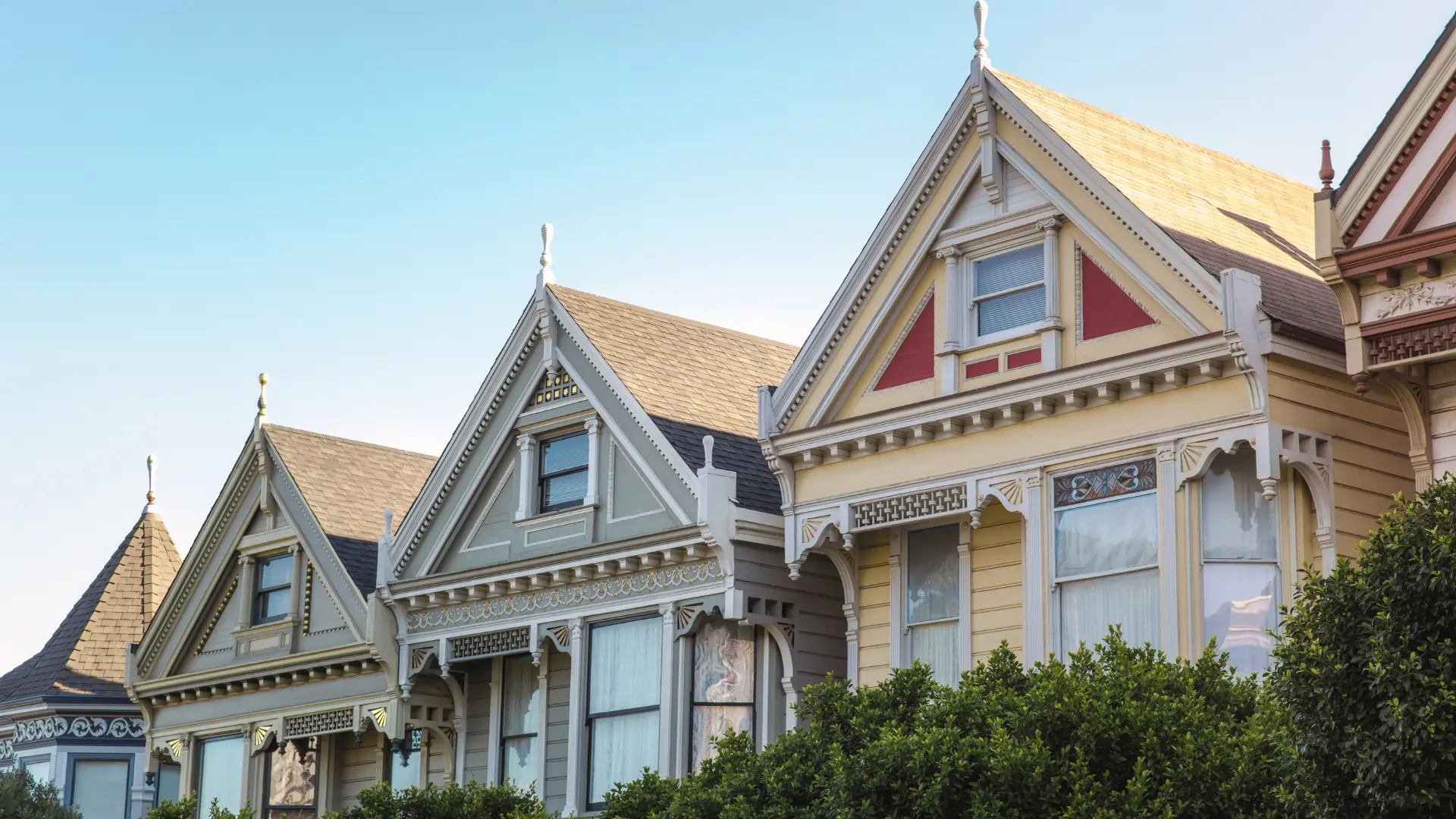
Traditional Residential Property?
Regarding real estate, the term “traditional residential property” is often used to describe a specific type of housing that has stood the test of time. These properties are typically single-family homes, townhouses, or condominiums that are designed for long-term living and are often found in established neighbourhoods. But what exactly defines a traditional residential property, and why do they remain so popular? In this blog, we’ll explore traditional residential properties’ characteristics, benefits, and enduring appeal.
Defining Traditional Residential Properties
A traditional residential property is a type of housing designed primarily for living purposes, as opposed to commercial or industrial use. These properties are typically owner-occupied or rented out to tenants for long-term stays. They are often characterized by their classic architectural styles, practical layouts, and locations in well-established communities.
The most common types of traditional residential properties include:
- Single-Family Homes: These are standalone houses designed to accommodate one family. They usually come with a private yard or garden and offer a high degree of privacy.
- Townhouses: These are multi-level homes that share one or two walls with adjacent properties. They often feature a small backyard or patio and are popular in urban and suburban areas.
- Condominiums (Condos): Condos are individual units within a larger building or complex. Owners share common areas like hallways, gyms, and pools while maintaining ownership of their specific unit.
- Duplexes and Triplexes: These are buildings divided into two or three separate units, each with its entrance. They are often used as rental properties or multi-generational homes.
Key Features of Traditional Residential Properties
Traditional residential properties are known for their timeless design and functionality. Here are some of the key features that define them:
- Classic Architectural Styles: Traditional homes often feature designs that reflect the cultural and historical influences of their region. For example, Colonial, Victorian, Craftsman, and Ranch-style homes are all considered traditional.
- Practical Layouts: These properties are designed with everyday living in mind. They typically include essential spaces like bedrooms, bathrooms, a kitchen, a living room, and sometimes a dining room.
- Established Neighborhoods: Traditional residential properties are usually located in well-established communities with access to amenities like schools, parks, shopping centres, and public transportation.
- Durability and Longevity: Built to last, traditional homes are often constructed with high-quality materials and craftsmanship, making them a solid investment for homeowners.
- Outdoor Spaces: Many traditional residential properties come with private outdoor areas, such as yards, gardens, or patios, which are ideal for relaxation and recreation.
Why Traditional Residential Properties Remain Popular
Despite the rise of modern and minimalist housing designs, traditional residential properties continue to be highly sought after. Here are some reasons why:
- Timeless Appeal: The classic designs of traditional homes never go out of style. They offer a sense of warmth and familiarity that many homeowners find comforting.
- Community and Stability: Traditional residential properties are often located in established neighbourhoods with a strong sense of community. These areas tend to have lower crime rates and better access to amenities.
- Flexibility: The practical layouts of traditional homes make them adaptable to various lifestyles. Whether you’re a growing family, a retiree, or a young professional, these properties can meet your needs.
- Investment Value: Traditional residential properties tend to hold their value well over time. Their durability and timeless appeal make them a reliable investment in the real estate market.
- Customization: Many traditional homes offer opportunities for renovation and customization, allowing homeowners to modernize their spaces while retaining the property’s original charm.
Challenges of Traditional Residential Properties
While traditional residential properties have many advantages, they also come with some challenges:
- Maintenance: Older homes may require more upkeep and repairs compared to newer constructions. Issues like outdated plumbing, electrical systems, or roofing can be costly to address.
- Space Limitations: Some traditional homes, especially those in urban areas, may have smaller rooms or less storage space compared to modern designs.
- Energy Efficiency: Older properties may not be as energy-efficient as newer builds, leading to higher utility bills. However, this can often be mitigated through upgrades like insulation, windows, and HVAC systems.
Conclusion
Traditional residential properties remain a cornerstone of the real estate market, offering timeless designs, practical layouts, and a sense of community that appeals to a wide range of homeowners. While they may come with certain challenges, their enduring popularity is a testament to their value and versatility. Whether you’re looking for a cosy single-family home, a stylish townhouse, or a convenient condo, traditional residential properties provide a solid foundation for creating a comfortable and lasting living space. As the housing market continues to evolve, these classic homes will undoubtedly remain a cherished option for generations to come.




